From the large family of exfoliating acids, we know in particular glycolic acid and salicylic acid. The first is an AHA that helps eliminate dead cells, and the second a BHA that fights clogged pores, also carrying out a keratolytic action.
More reserved, PHAs still deserve our full attention: they are particularly suitable for sensitive skin, especially those suffering from eczema or rosacea. We will explain everything to you.
What are PHAs, polyhydroxy acids?
PHAs, which include lactobionic acid, gluconic acid, and galactose, are hydroxy acids, as are AHAs and salicylic acid. They are used in cosmetics for their exfoliating, smoothing, moisturizing (limiting transepidermal water loss) and anti-aging properties.
Thanks to their rather high molecular weight, PHAs do not penetrate the skin as deeply as their cousins, making them an attractive option for more sensitive faces or for those who cannot tolerate other exfoliating acids.
To the magazine Byrdieexplains dermatologist Jennifer MacGregor:
PHAs are similar to AHAs but act more superficially and are less irritating. These are gentle and easy to tame exfoliating active ingredients.
How to integrate PHAs into your skincare routine?
Polyhydroxy acids are found in a large number of cosmetic products ranging from facial cleansers to moisturizers and exfoliating lotions.
To the magazine sanitary lineDr. Peterson Pierre recommends opting for a product that will have time to act on the skin, such as a liquid exfoliant, serum or cream:
PHAs need to be in contact with the skin for a certain amount of time for the results to be visible. If your skin tolerates it, you can apply a treatment containing a mixture of AHAs, BHAs and PHAs, but if not, BHAs alone are suitable for all skin types and you can also use if you suffer from rosacea or eczema.
Although PHAs are the least aggressive resurfacing active ingredients, it is recommended to use a sunscreen daily while using the product to prevent sunburn but also cell damage.
Finally, since whenever you introduce a rather robust active ingredient into your routine, it is more prudent to perform a patch test in the crook of the elbow before emptying the bottle on the face. Alerted is unarmed, as they say.
Shopping for exfoliating treatments with PHAs
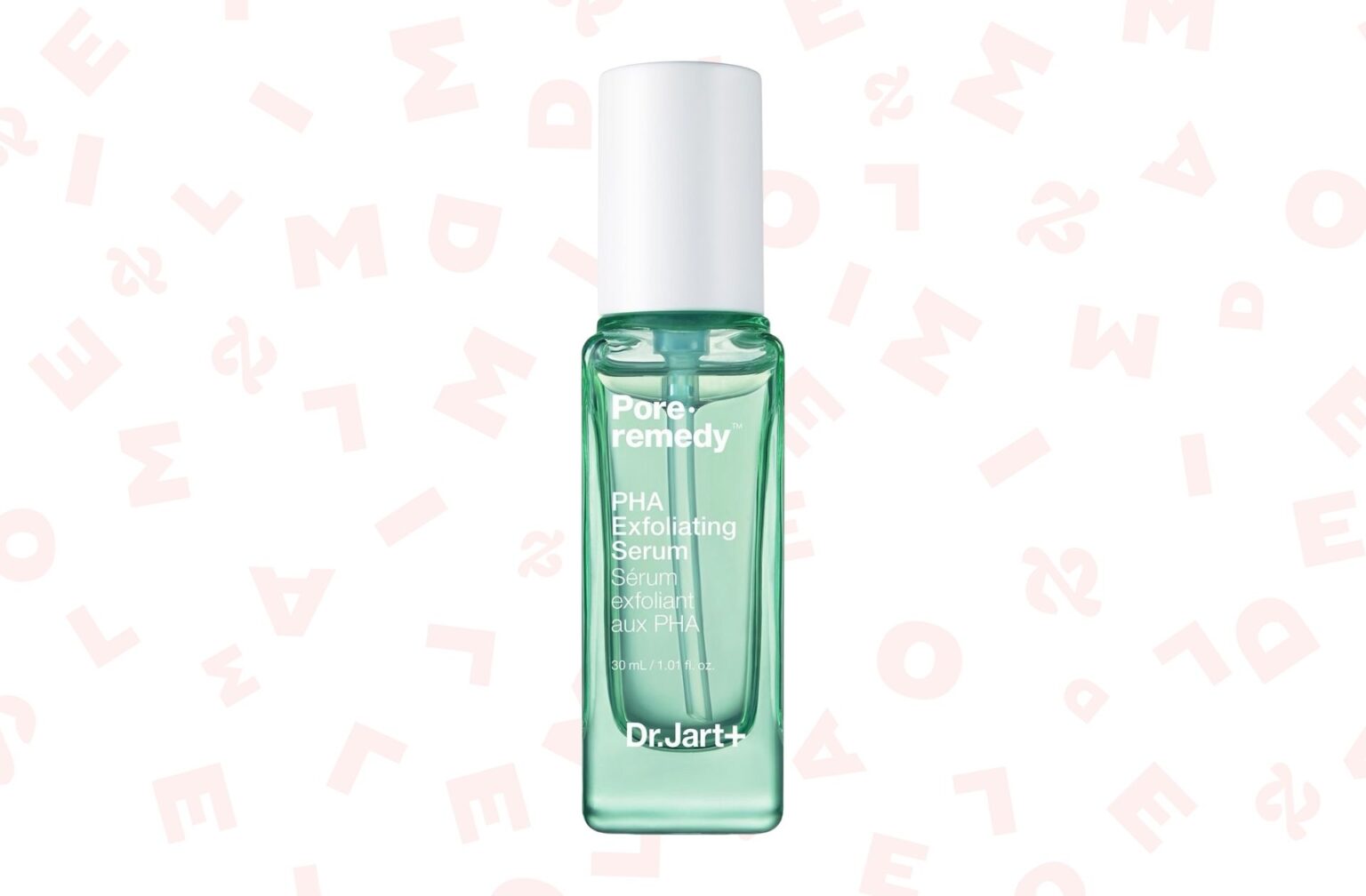
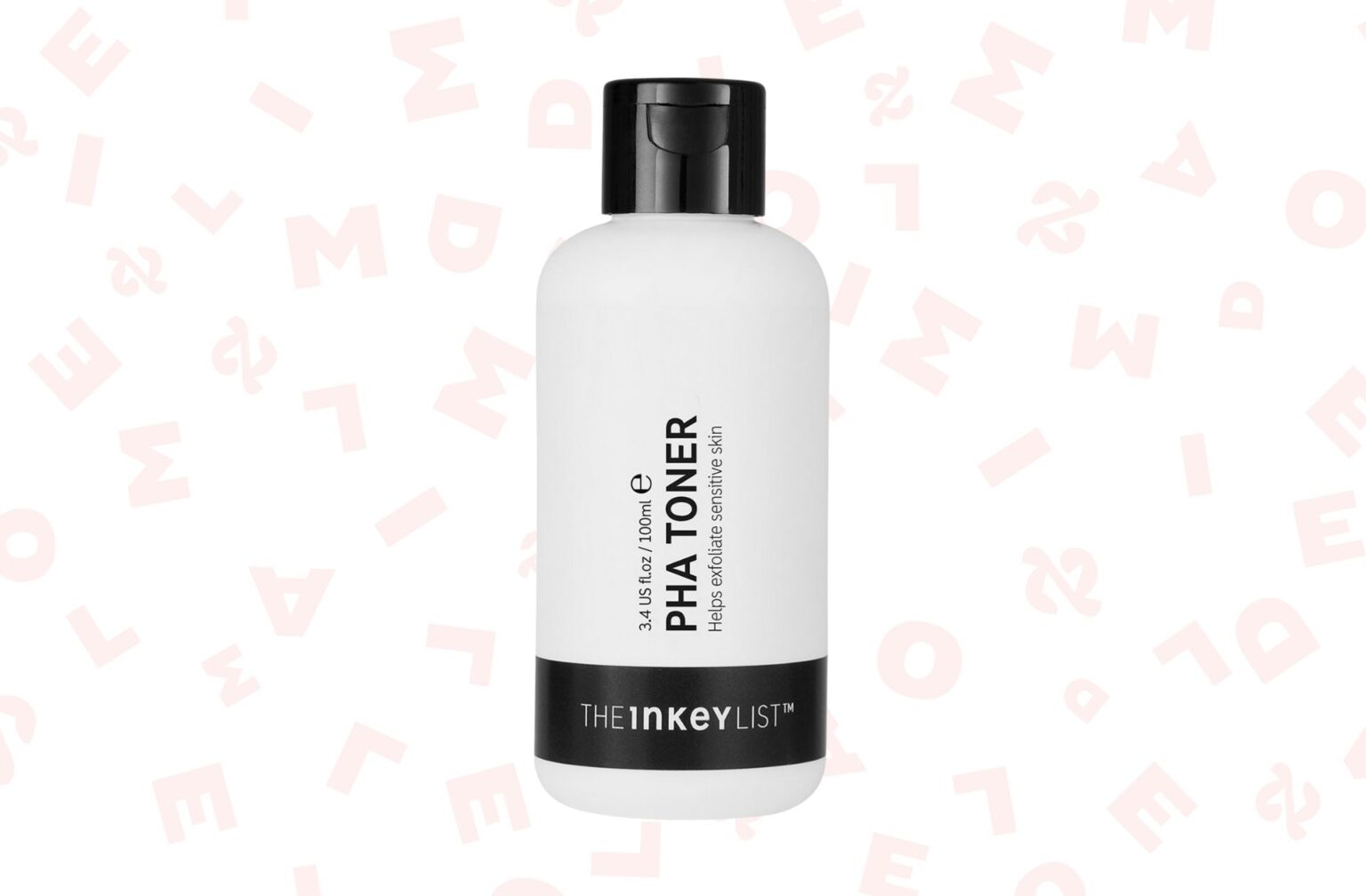
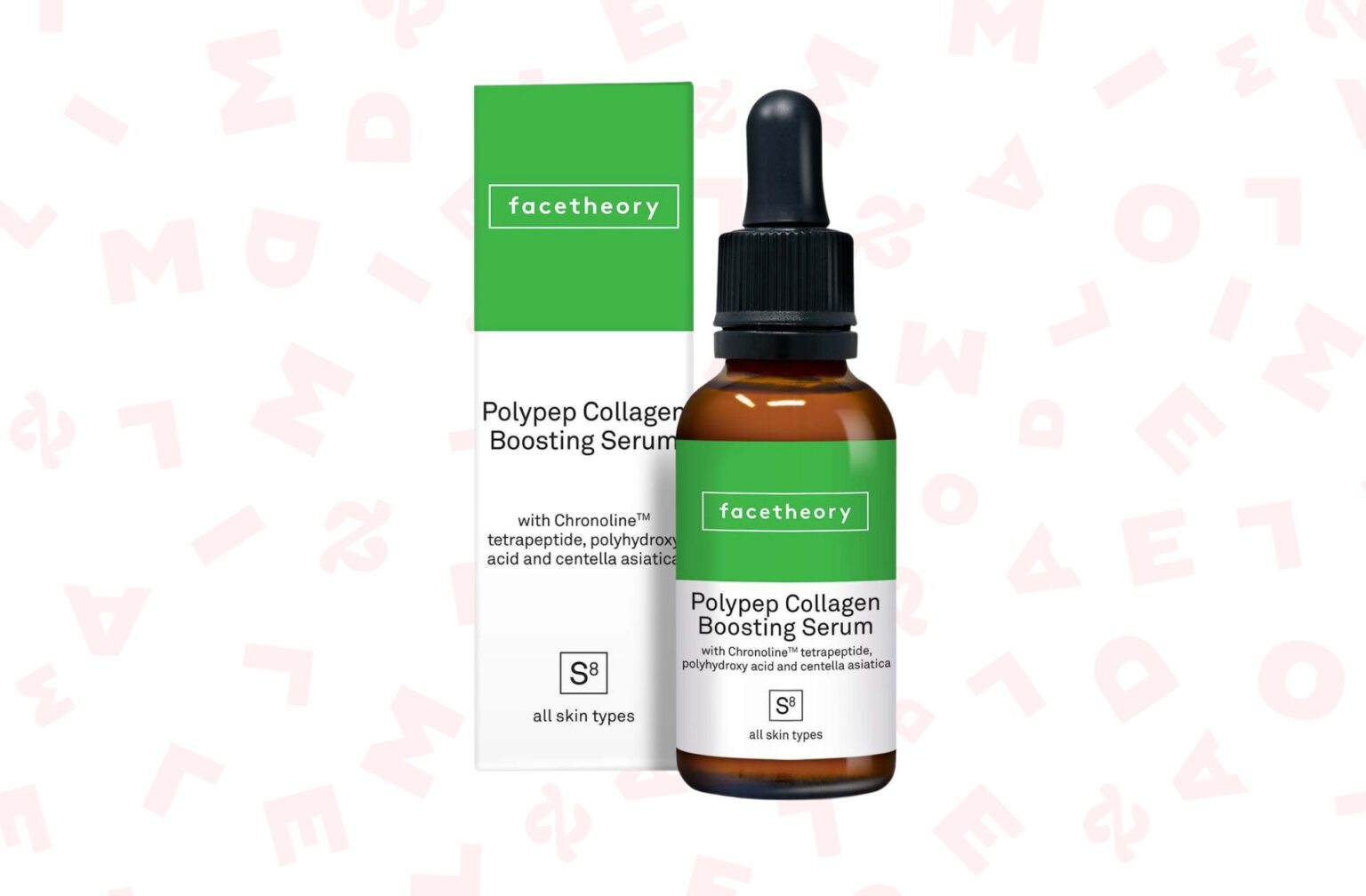
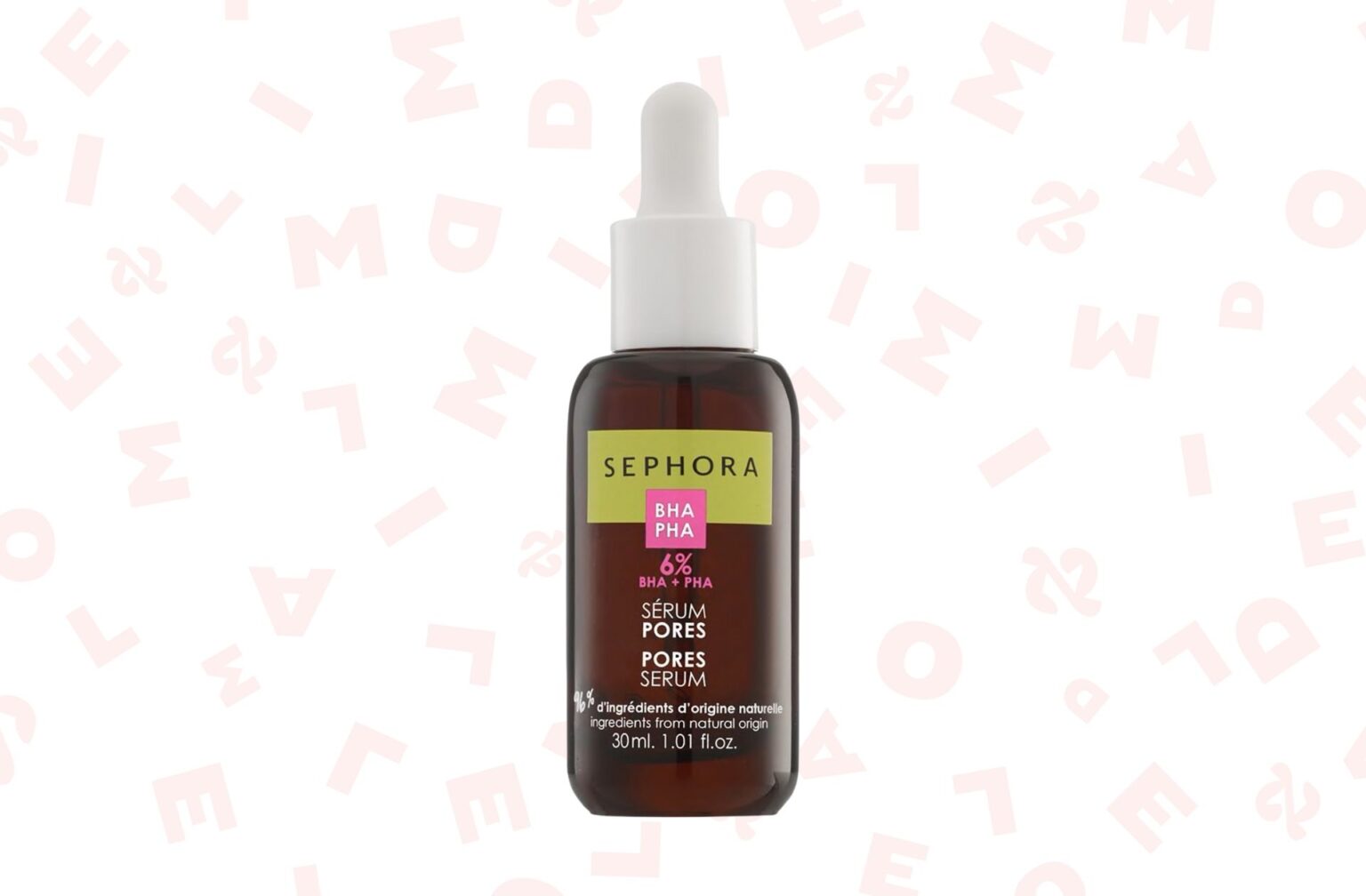
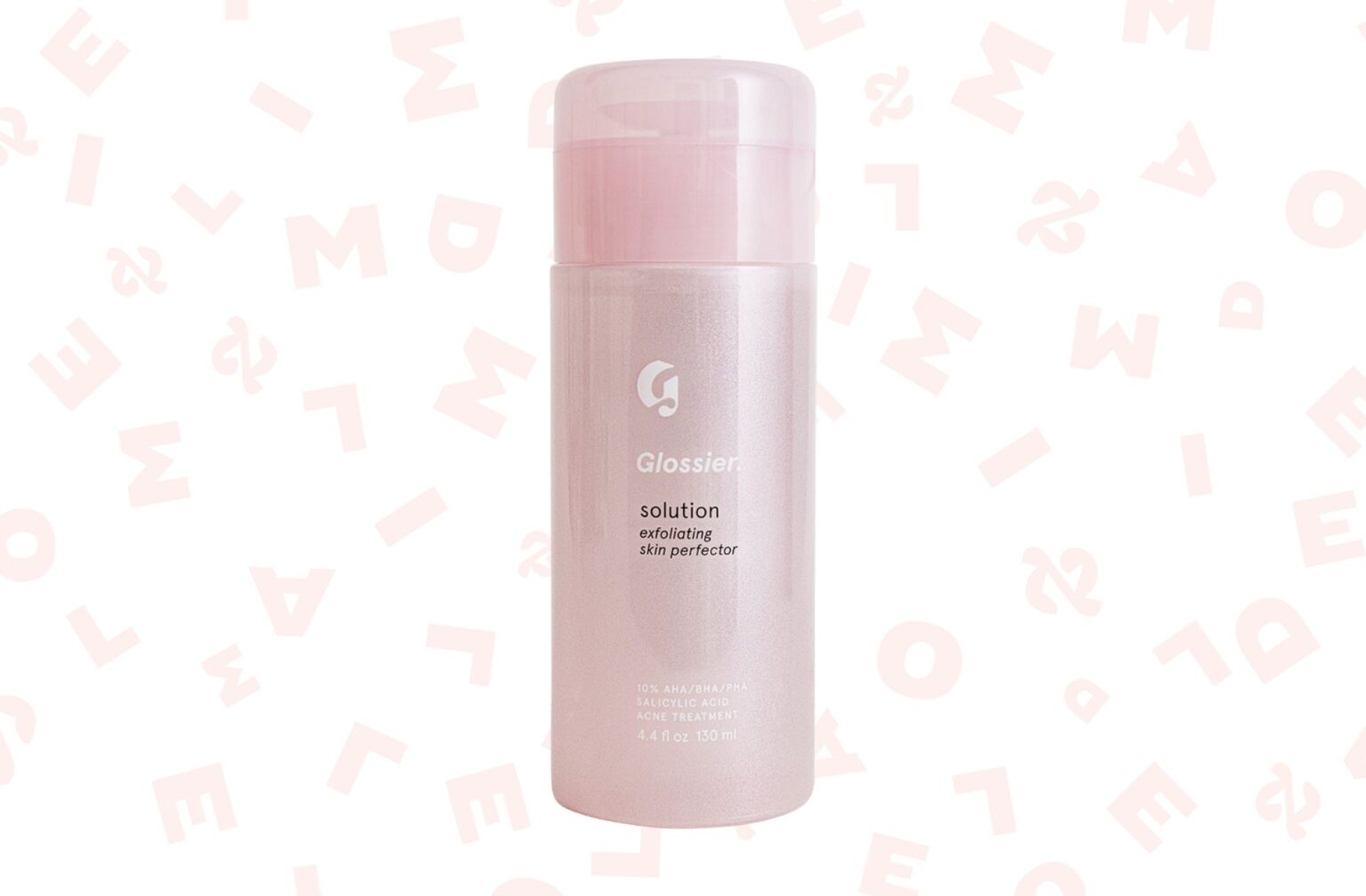
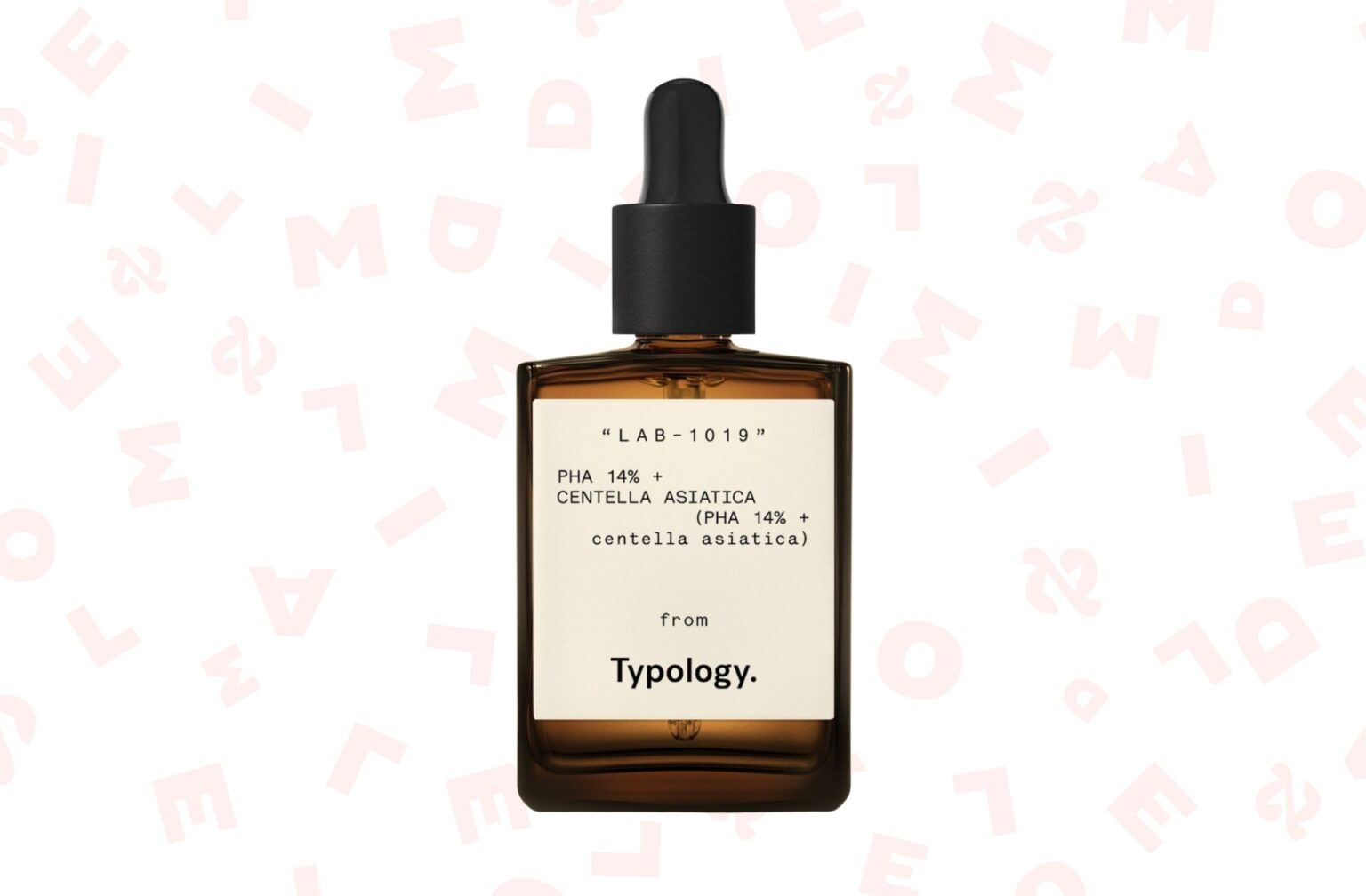
Front page photo credit: Sora Shimazaki on Pexels
All about the
Cosmetic ingredients
-
Are gold-based beauty products worth it or is it marketing?
-
Which cosmetic active ingredients are best avoided during the summer holidays?
-
Sunflower oil shortage: manufacturers will change the formulas of their cosmetics and it can be risky for our skin
-
The benefits of aloe vera for skin and hair
-
CBD cosmetics: why we should try it
-
What is squalane, a miracle ingredient for increasing skin hydration?
-
This is why ceramide-rich cosmetics are essential for the skin
Source: Madmoizelle
Bernice Bonaparte is an author and entertainment journalist who writes for The Fashion Vibes. With a passion for pop culture and a talent for staying up-to-date on the latest entertainment news, Bernice has become a trusted source for information on the entertainment industry.



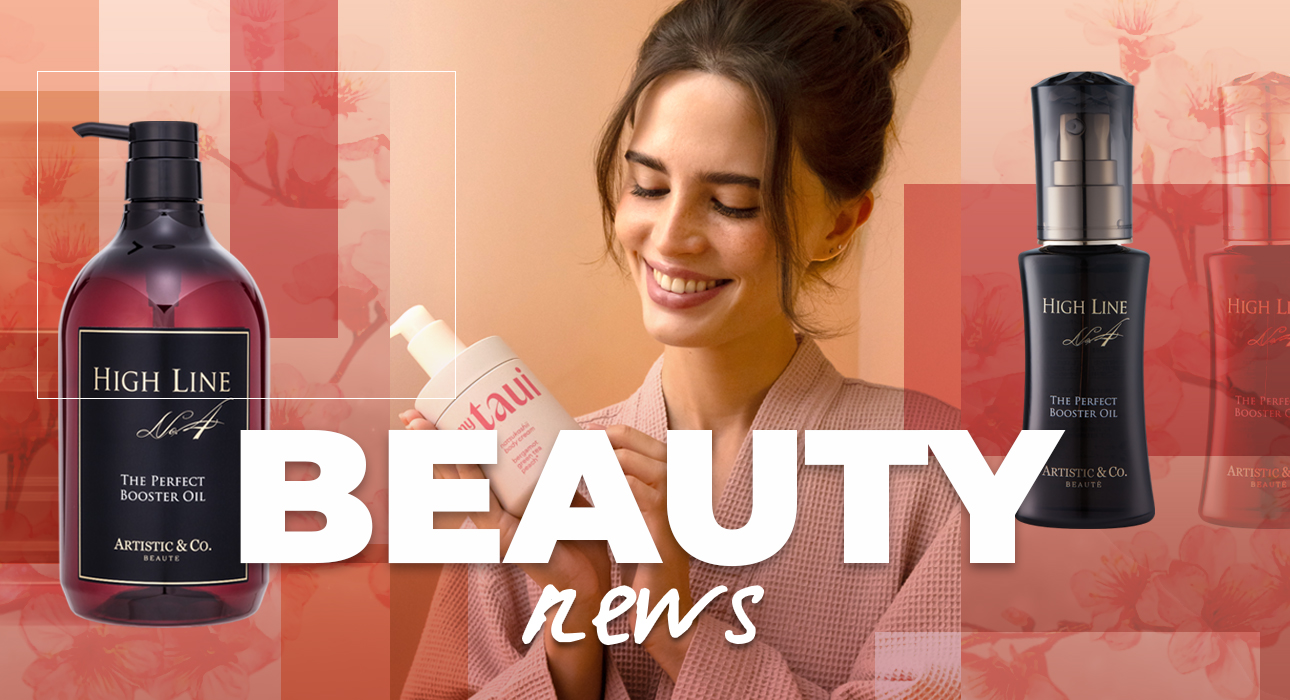
.png)